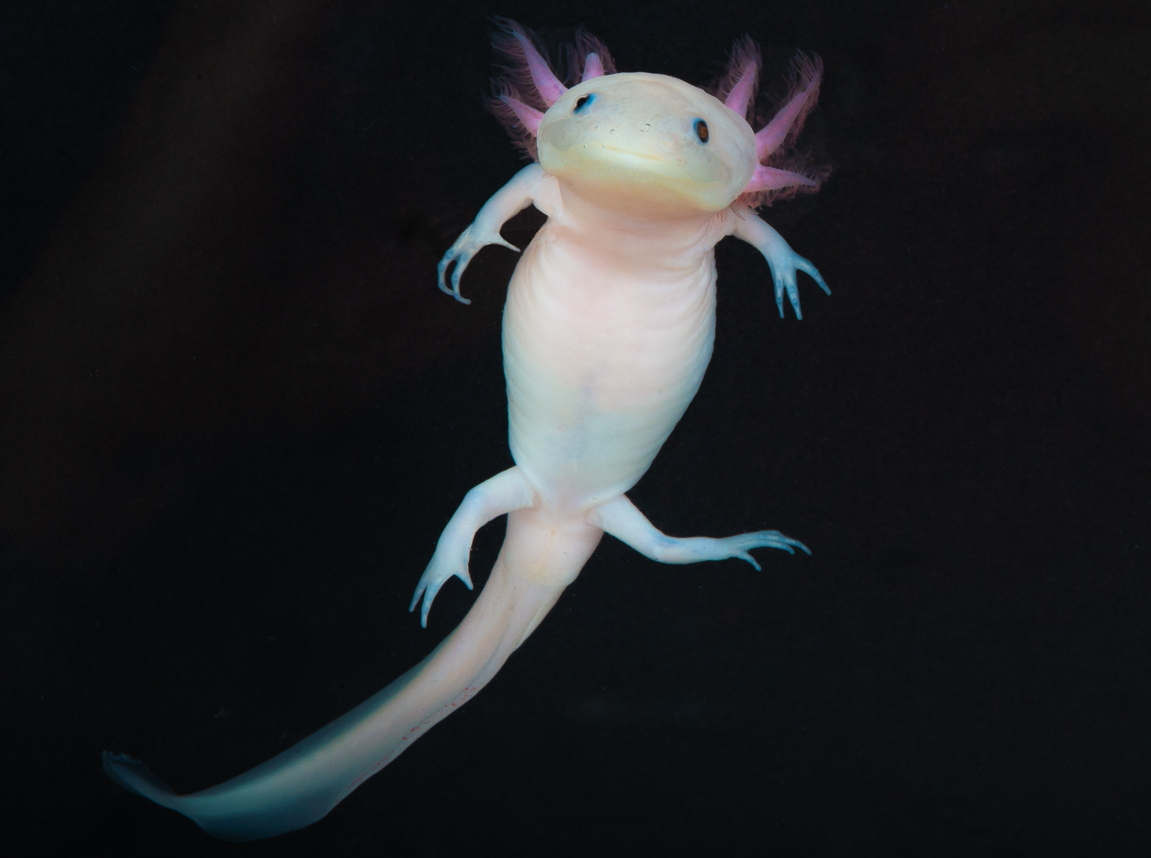AxoBase
The laboratory axolotl resource
The mission of AxoBase is to provide one stop web resource for the international research community that are interested in laboratory axolotl research.
Our primary guide for ongoing development of this web resource is the 2020 Axolotl Community White Paper, however, we also welcome community/user feedback.



